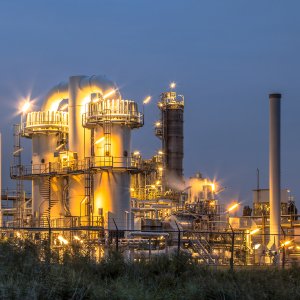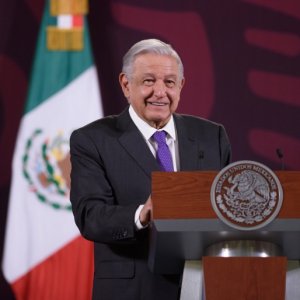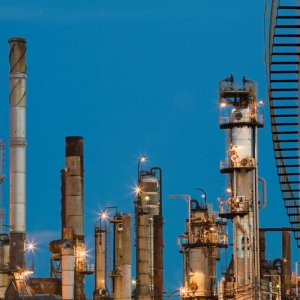
Rocío Nahle Provides a Dos Bocas Update
 By Conal Quinn | Journalist & Industry Analyst -
Thu, 09/15/2022 - 17:58
By Conal Quinn | Journalist & Industry Analyst -
Thu, 09/15/2022 - 17:58
Energy Minister Rocío Nahle took to Twitter to share a video reporting the progress at the Dos Bocas refinery. The latest in a series of SENER-sponsored video updates on the refinery, Nahle commented on the most recent works completed to get the refinery up and running. “The 18 processing plants, including a co-generation facility, are already being integrated into the central rack that connects the oil tankers with storage units. Each plant must be integrated with all the different products transported across the different pipelines, which make up this huge structure,” Nahle noted.
Nahle also confirmed that mechanical and dynamic equipment inside the refinery initiated its testing last week, as the refinery progresses through the second phase of integration following the construction phase. The Olmeca Refinery, as it is officially known, was inaugurated by Nahle, PEMEX CEO Octavio Romero and President López Obrador to much fanfare on June 1, 2022. However, the refinery is not expected to start producing until the middle of 2023.
“Integration is a fundamental part of engineering,” Nahle underscored, before adding that Dos Bocas should be considered a “global reference point” for energy infrastructure projects, owing to the quality of materials and speed with which construction was completed. “Most important of all, however,” Nahle continued, “this immense project for our state-owned company PEMEX has been carried out by us, Mexicans, for the benefit of all Mexicans.”
The Olmeca refinery has long been promoted as the answer to Mexico’s economic woes and stands as the centerpiece of López Obrador’s plan to restore PEMEX as the lever for national development. Once complete, the refinery in the port of Dos Bocas will join the country’s six other refineries which are themselves undergoing renovation. This will increase oil-processing capacity by 20 percent with a target of 340Mb/d of heavy crude oil to be processed by the end of López Obrador’s six-year term in 2024.
In this light, the president has sought to frame Dos Bocas as an investment and not an expense, one that will end the reliance on fuel imports and bring energy sovereignty to Mexico in an increasingly volatile and crisis-ridden oil and gas market. At least in the short term, however, the construction costs are swallowing up more public funding. From an initial budget of around US$8 billion, the total cost now tallies around US$15 billion, after PEMEX’s board of directors met last month to request a further US$6.5 billion to complete the integration work still due to take place this year. Bloomberg, meanwhile, estimates that the final cost of the flagship energy project will likely rise to as much as US$18 billion.
Nevertheless, López Obrador has been keen to underscore that despite the increased budget, the construction overseen by SENER has still been cheaper than what private contractors had previously proposed. "Even if we have to spend another US$2 or US$4 billion on [the refinery], it will still work out cheaper than what foreign companies wanted to charge us,” the president noted. Moreover, López Obrador has also been eager to point out that construction of the refinery is already finished, a feat not achieved in Mexico since 1979 when the Ing. Antonio Dovalí Jaime refinery in Salina Cruz, Oaxaca, was inaugurated. The project’s completion is something that the president believes would not be possible if Dos Bocas was left in the hands of the private sector, as was the case under previous presidencies. Former President Calderón famously wanted to develop a new refinery as well.
















